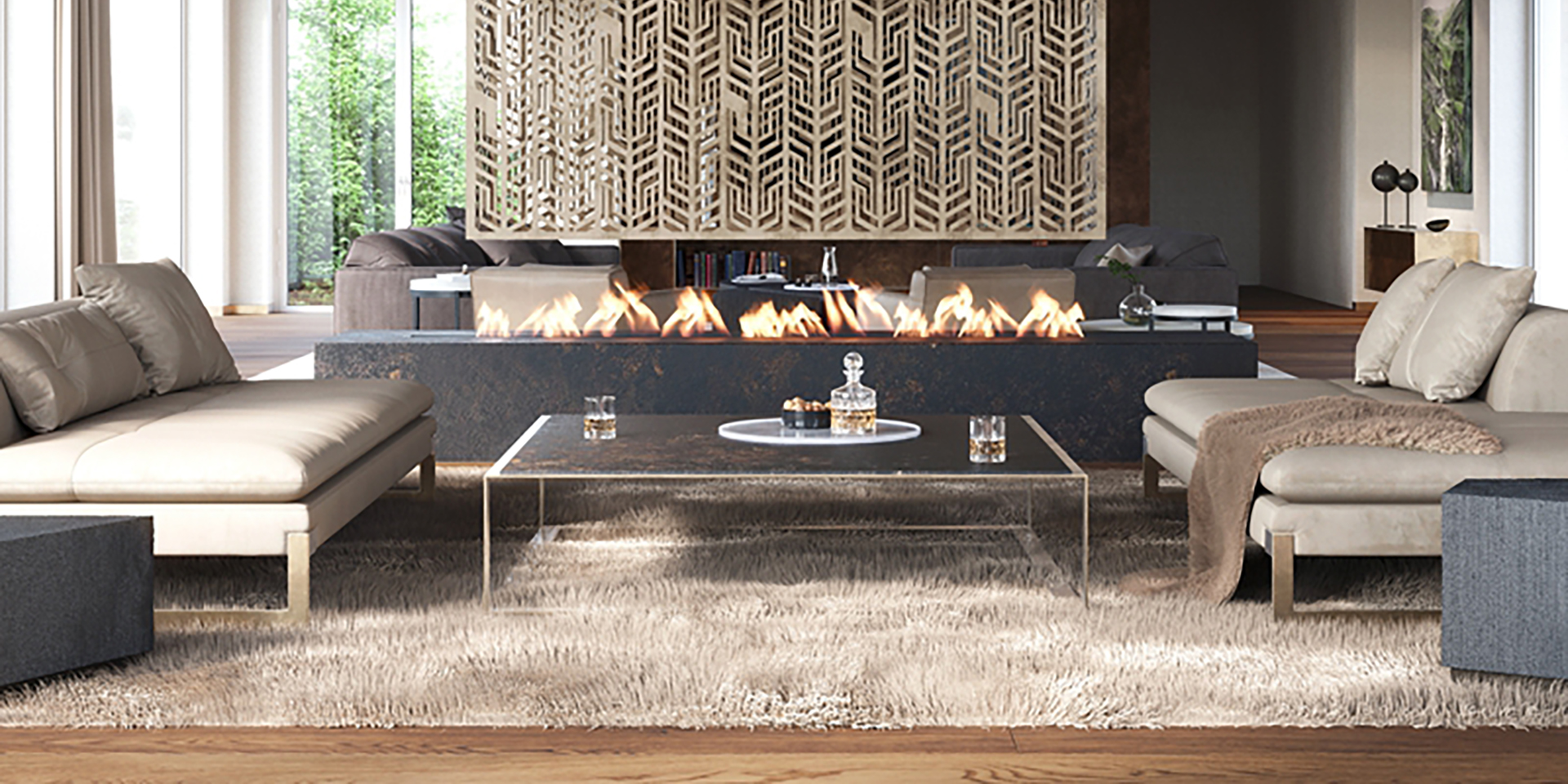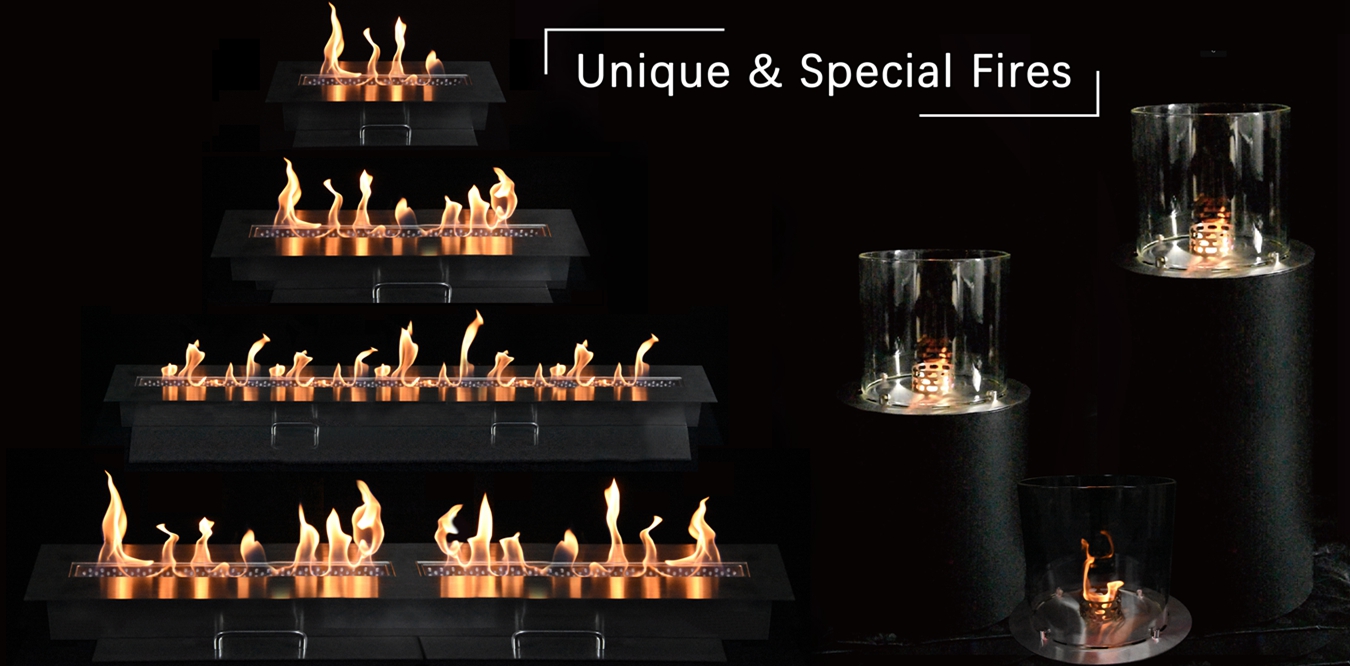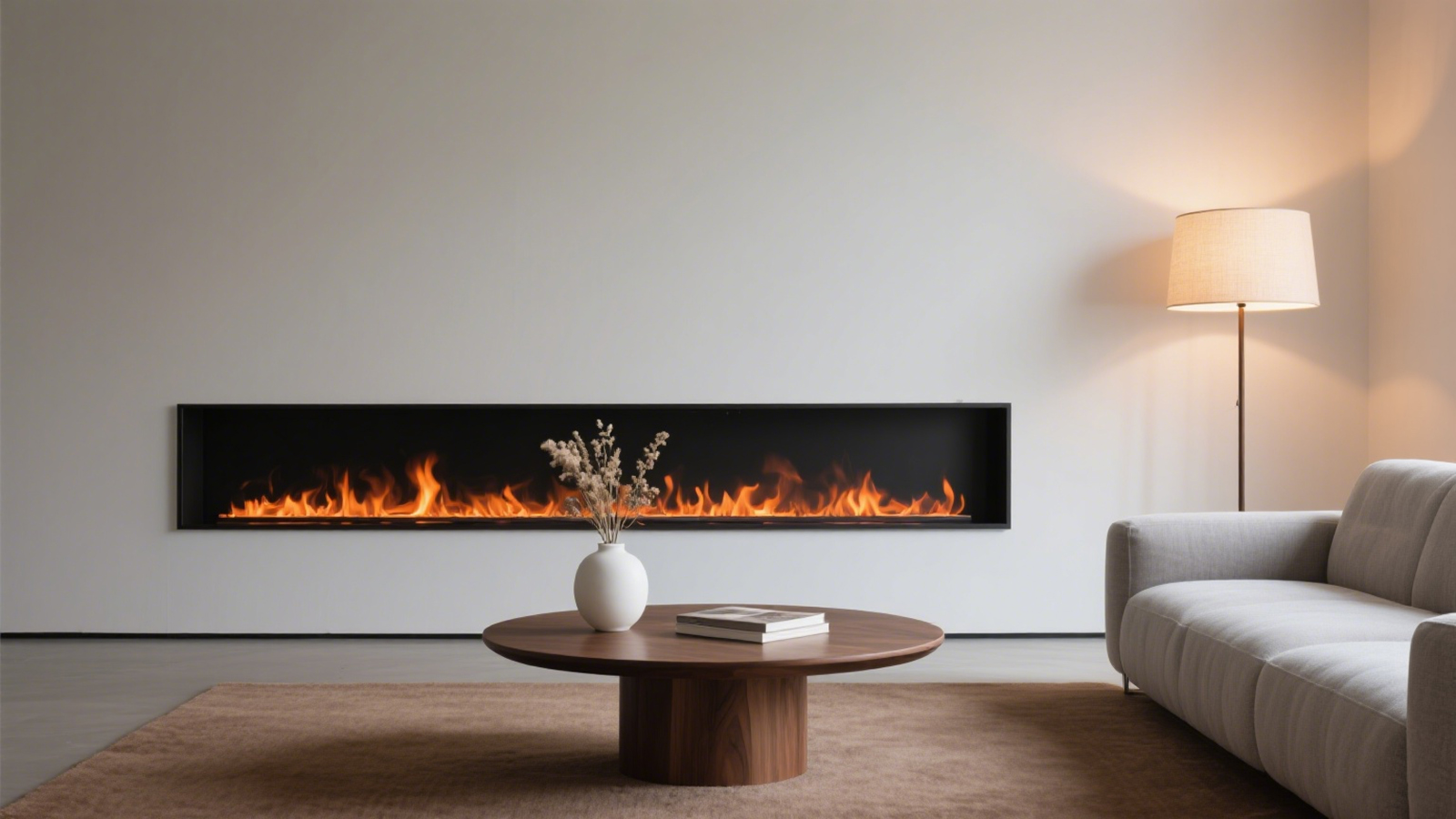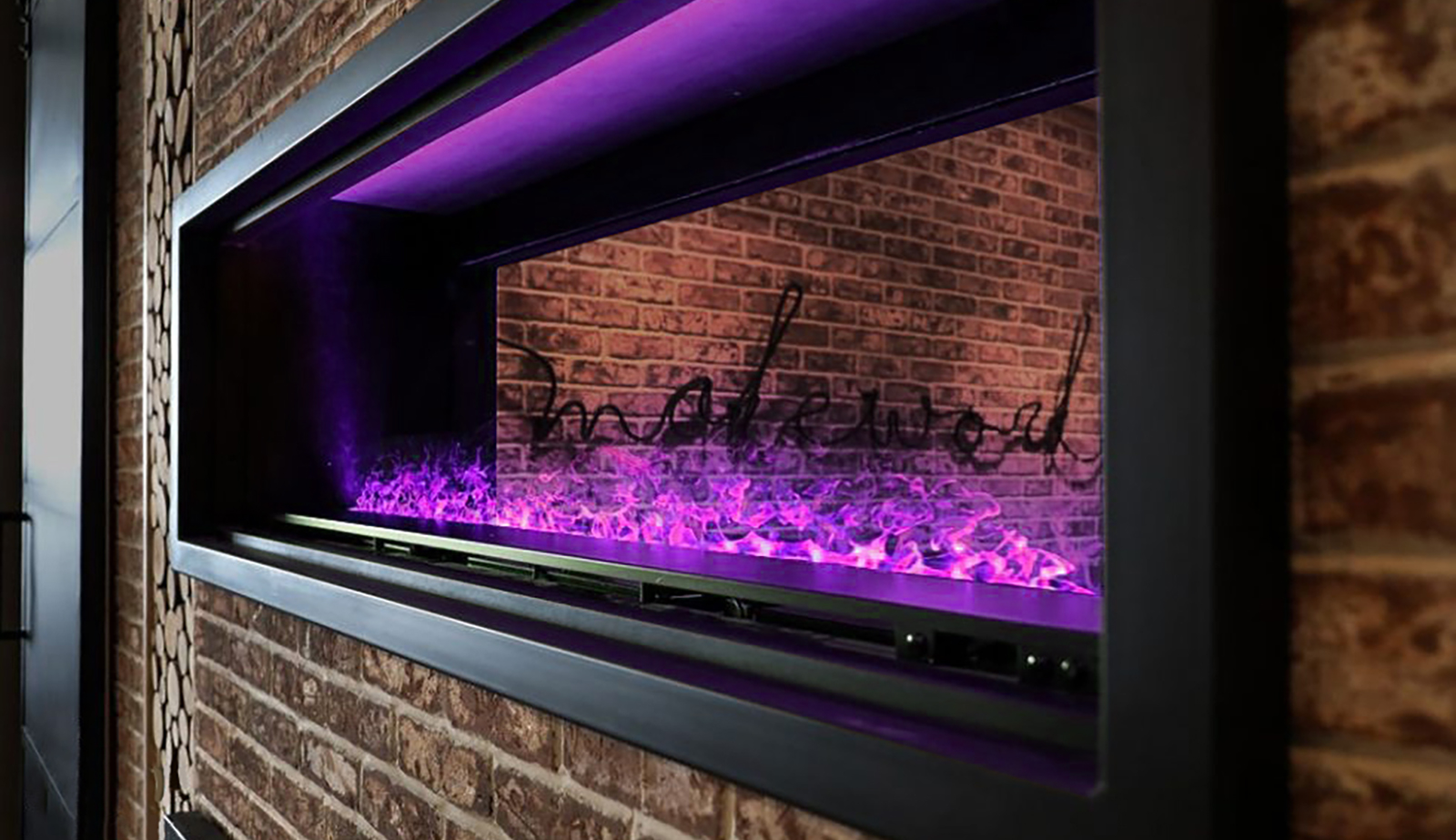

| Country | Traditional Hearth Design | Cultural Meaning & Core Rituals | Modern Adaptations | Vivid Scene (Imagine This!) |
|---|---|---|---|---|
| Iceland | "Heimilisfjárn" (stone home hearth): Wide, shallow firebox, often in the home’s center. | 1. Survival necessity (winters drop to -30°C); 2. Cultural hub (storytelling, "Jólabókaflóð"—Christmas book-gifting); 3. Spiritual symbol (warding off evil spirits). | 1. Energy-efficient wood stoves with glass doors; 2. Original stone hearths preserved as decor. | A cottage at dusk: smoke curls from a stone chimney. Inside, a fire glows beside new Christmas books, someone curled on a sofa flipping pages. |
| Japan | "Irori" (sunken hearth): Square pit in tatami floors, stone-lined, no chimney (smoke escapes through the roof). | 1. Daily use (cooking shabu-shabu, sưởi); 2. Ritual focus (tea ceremonies, family meals); 3. Life lesson (teaching patience via tending fire). | 1. Urban homes use "kotatsu" (heated tables); 2. Rural homes keep irori for traditions. | A Japanese room: family sits cross-legged around the irori. Mom stirs miso soup with long chopsticks; smoke drifts upward, sunlight filtering through paper doors. |
| USA | 1. Colonial era: Large brick hearths (big enough for cooking); 2. Modern: "Mantel hearths" with decorative trim. | 1. Historic role (cooking, sưởi, winter gatherings); 2. Modern rituals (Christmas stockings, summer s’mores by fire pits); 3. Cultural symbol ("home sweet home" in media). | 1. Low-maintenance electric/gas fireplaces; 2. Outdoor fire pits for suburban backyards. | A Christmas night: a brick hearth glows, a decorated tree nearby. Stockings dangle from the mantel; kids kneel, watching the fire, waiting for gifts. |
| South Africa | "Boma": Circular outdoor hearth, stone/wood-fenced, no roof. | 1. Tribal roots (Zulu/Xhosa gatherings, cooking); 2. Modern use ("braai"—barbecues with boerewors); 3. Symbol of unity (connection to the land). | 1. Stylized bomas with built-in grills; 2. Resorts use them for cultural experiences. | Sunset on the savanna: friends laugh around a boma, boerewors sizzling on the grill, beer in hand, birds calling in the distance. |
| Sweden | 1. Traditional: "Peis" (tile stove, retains heat for hours); 2. Modern: "Kamin" (sleek wall-mounted hearths). | 1. Winter survival (Peis stoves save fuel); 2. Daily rituals ("Fika"—coffee breaks by fire, "hygge" with candles); 3. Design focus (minimalism + function). | 1. Eco-friendly pellet stoves; 2. Hearths integrated into open-concept living spaces. | A snowy day: a wall-mounted hearth glows by a sofa. Someone sips coffee, reading, snow falling outside the window. |
Diving Deeper: The Stories Behind the Flames
Numbers and designs only tell part of the story. Let’s explore two cultures where fireplaces are deeply intertwined with identity.

Fireplaces Today: A Global Blend
These days, fireplaces come in every shape and style imaginable. You’ve got ultra-sleek glass-fronted gas units, rustic wood-burning stoves, ethanol burners for tiny flats—and yes, even fake log videos looping endlessly on your telly.
- Eco-conscious trends:People are opting for clean-burning alternatives, like pellet stoves or electric fires with smart thermostats.
- Design-led hearths:The fireplace is often now a design feature, not just a heat source—floating mantels, asymmetrical surrounds, bold tiles.
- Heritage meets tech:In some homes, ancient hearths are being modernised with inserts or hybrid systems that blend old-world charm with efficiency.
We might not rely on fireplaces for survival anymore, but they’re still at the heart of how we make a space feel like home.

Final Thoughts: One Fire, Many Stories
Whether it’s a medieval hearth, a clay stove, or a modern electric log flickering behind glass, the essence is the same. Fire connects us—to each other, to comfort, and to the past.
So next time you light your fire, think of the people who stood in front of theirs centuries ago. Different languages. Different clothes. But the same simple joy of warmth on a cold evening.
It’s not just a fireplace. It’s a flame passed through history—now resting, just for a moment, in your living room.



thời gian đăng bài: 2025-09-29
